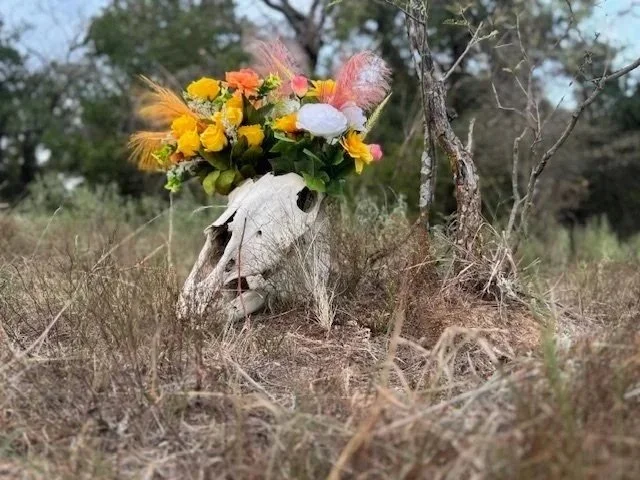Services
Equine Craniosacral Massage Therapy is a light-touch therapy that focuses on the Cranial Bones, Cranial Nerves, and Sacrum. CS Therapy helps restore balance within the Central Nervous System allowing the body to reorganize itself maximizing homeostasis within the body’s tissues. Promoting the body’s natural healing capabilities.
Midline Clinics offer a powerful, holistic path to wellness and enhanced partnership for both horses and their human partners through Craniosacral Massage Therapy (CST). Each horse and rider team receives tailored CS sessions designed to restore balance on their midline. This central, energetic axis is critical for optimal physical alignment, emotional regulation, and clear communication. By facilitating CNS balance and releasing restrictions.
Exercise Physiology
The principles of exercise physiology apply to humans and to horses. Our custom plans help to improve physical conditioning and performance for the rider and horse. Our prescriptive exercise program planning options can help you with your physical conditioning in relationship to your riding, and your horses physical conditioning.
Frequently Asked Craniosacral Questions
-
What is Craniosacral Therapy (CST)?
CST is a gentle, hands-on, non-invasive method of bodywork that works with the body's natural healing processes. It focuses on the membranes and cerebrospinal fluid (CSF) that surround and protect the brain and spinal cord—collectively known as the craniosacral system.
-
How does the gentle touch work?
Practitioners use an exceedingly light touch (about the weight of a nickel) to detect subtle restrictions in the body's tissues. This touch encourages the release of tension, which restores balance within the Central Nervous System (CNS) and facilitates the body's ability to self-correct and achieve homeostasis.
-
What is 'Down-Regulation' (or Parasympathetic Activation)?
This is the primary goal of our sessions. It means shifting the nervous system out of the high-alert "fight or flight" (sympathetic) state and into the restorative "rest and digest" (parasympathetic) state. This activation of the vagus nerve is what promotes deep relaxation and stress relief.
-
What conditions can CST help with?
CST is used to support the body's healing for a wide range of issues, especially those related to stress and the CNS. Common conditions include chronic pain, migraines, neck and back pain, stress and tension-related disorders, anxiety, and improving sleep quality.
-
Will humans need to be undressed for a CS Session?
No. CST is performed with the client (human) remaining fully clothed. For humans, we recommend comfortable, loose-fitting attire. For horses we recommend an adjustable halter (non-rope halter) as some of the releases horses experience create big yawns and the nose band of the halters must be adjusted to accommodate.
-
Is CST safe for everyone?
CST is gentle and safe for people and horses of all ages, from newborns to elders. However, it is not recommended for conditions where even a slight change in intracranial pressure could be dangerous (such as acute aneurysm, recent cerebral hemorrhage, or severe bleeding disorders). Always inform your practitioner of any medical conditions.
-
What does a session feel like?
Most humans report a feeling of profound, deep relaxation. Some may experience gentle warmth, tingling, or a "listening" sensation as the body unwinds. It's common to feel so relaxed that you drift off to sleep.
-
How do horses typically respond?
Because the pressure is feather-light (often below the bracing response), horses typically respond with deep relaxation. This may look like yawning, chewing, deep sighs, dropping the head, or even falling asleep. These are all signs that the nervous system is down-regulating and releasing tension. Some horses may drool, blow out air, quivver, or lie down and enter REM stage sleep.
-
How long does a session last?
Sessions typically last between 45 to 60 minutes for both human and equine clients. Sessions can be booked for 90 minutes depending on what the body needs addressed during a CS therapy session.
-
How many sessions will be needed?
This varies greatly by the individual and the issue being addressed. Some see immediate relief after one session, but chronic issues often require 3 to 6 sessions to fully process and hold the new balance. Your practitioner will discuss a treatment plan tailored to your team's needs. Maintenance Sessions are recommended typically at 1 month intervals.
-
What should I do after a session?
We recommend drinking plenty of water and allowing time for rest. The treatment continues to integrate for the next 24-48 hours. For your horse, two days off of work with only light movement through turnout is generally recommended.
-
Why is "less is more" important after a session?
Following your body's relaxation and reset, the healing process continues for 24-48 hours. We encourage a "less is more" approach during this time. For the rider, this means avoiding strenuous exercise. For the horse, this means two days of light movement or turnout, allowing the body to integrate the newfound balance without introducing immediate, intense physical demands.


